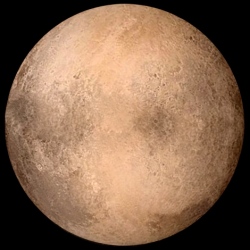
NASA and the National Science Foundation (NSF) are done forming the special team of astronomers to build their new, powerful exoplanet hunting instrument. The scientists were selected after holding a national competition and will be led by Penn State University assistant professor Suvrath Mahadevan.
They’ll now spend the next three years building the $10 million instrument called NN-EXPLORE Exoplanet Investigations with Doppler Spectroscopy (NEID) for the joint project. Once it’s finished, the instrument will be installed on the 3.5-meter WIYN observatory (pictured above) at the Kitt Peak National Observatory in Arizona.
NEID also means "to discover" in the language of the Tohono O’odham tribe who governs the land where Kitt Peak is located. It’s certainly a fitting name, since the instrument will allow scientists to search for exoplanets on the ground. The tool will hunt for planets, especially Earth-like ones orbiting stars that resemble our sun, by measuring a star’s "wobble."
This back-and-forth movement is typically caused by the gravitational pull of an orbiting planet, so the size of the wobble can indicate the size of planet itself. NASA can then use the power of space telescopes to look into those systems further. The agency is hoping that the instrument can contribute to its efforts to find proof of life, certainly not an easy feat, elsewhere in the universe.
